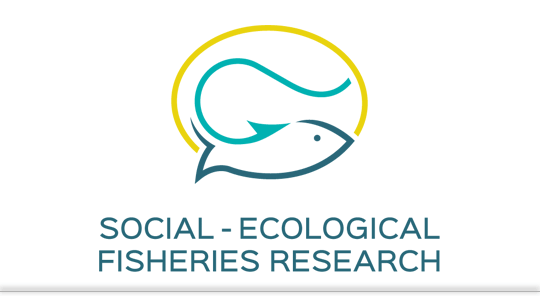Most conclusions from general assessments of angler motivations indicate that noncatch motives are more important to anglers than catch motives. Such research usually assesses the general motivation structure by anglers. To assess both general and more context-specific angler motivations, we surveyed the same anglers from northeastern Germany using two phases of a complementary survey design. First, a 1-year diary was used to collect trip-specific information; second, a personalized mail survey was used to elicit context-specific motivation information. Anglers selected their most important motives for their most frequent trip–target species combination (i.e., context) from a list of 10 salient fishing motives. Anglers frequently cited catch motives as the most important across a range of target species, large-bodied species such as northern pike Esox lucius being primarily associated with trophy fishing. Some species (such as small-bodied cyprinids) were targeted for noncatch reasons, while others (such as European perch [also known as Eurasian perch] Perca fluviatilis) attracted anglers seeking a multitude of psychological outcomes. Five distinct angler types were identified based on similarity of prime fishing motivation, namely, trophy-seeking anglers; nontrophy, challenge-seeking anglers; nature-oriented anglers; meal-sharing anglers; and social anglers. Members of these angler groups were similar in demographics and general angling behaviors but differed with respect to several indicators of angler specialization, indicating that committed anglers are more catch-oriented than previously assumed.
The importance of trip context for determining primary angler motivations: are more specialized anglers more catch-oriented than previously believed?
Peer-reviewed

Beardmore, B., Haider, W., Hunt, L. M., Arlinghaus, R. (2011). The importance of trip context for determining primary angler motivations: are more specialized anglers more catch-oriented than previously believed? North American Journal of Fisheries Management, 31, 861–879
Published
: 2011
Appeared in
: North American Journal of Fisheries Management, 31, 861–879
